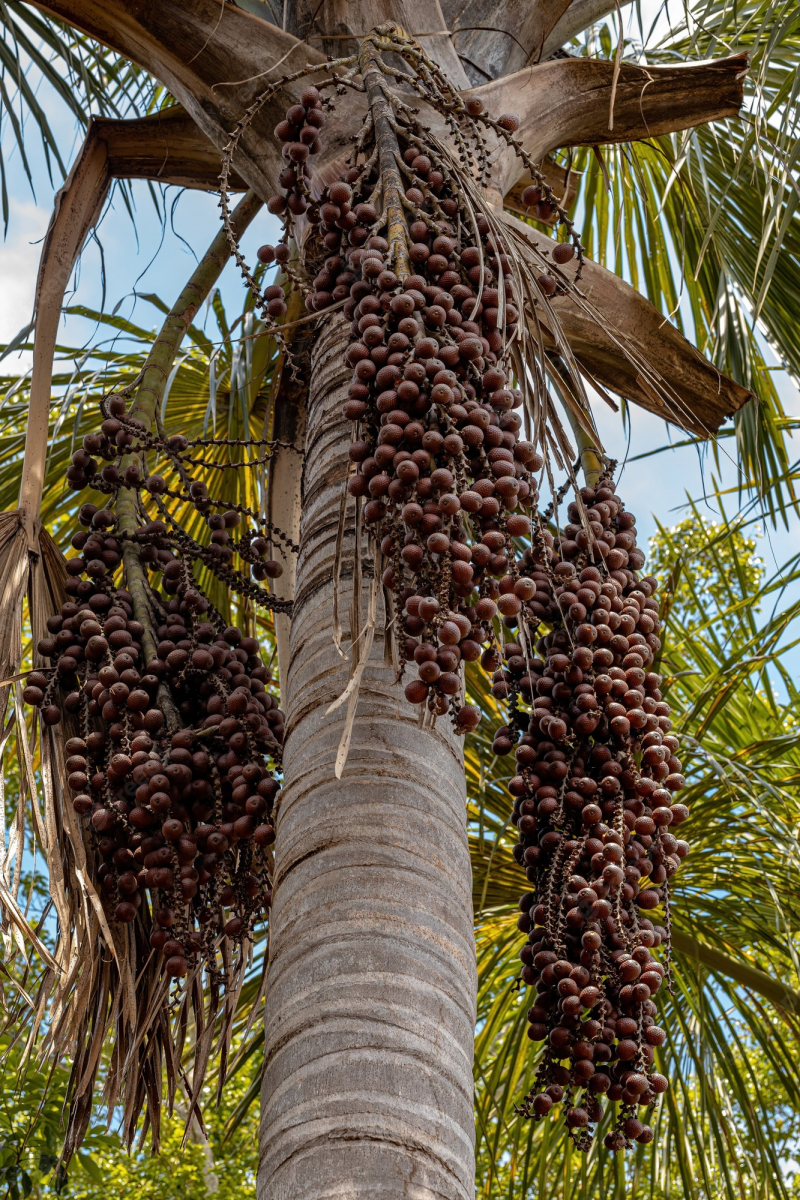Moriche Palm Fruit
Mauritia flexuosa, known as the moriche palm, ité palm, ita, buriti, muriti, miriti (Brazil), canangucho (Colombia), or aguaje (Peru), is a palm tree. It grows in and near swamps and other wet areas in tropical South America. Thanks to its nutritional value, people consider it the “Tree of Life” in Brazil. This excellent palm fruit is good for making jams, juice, ice cream, snacks, and wines. You can find many delicious Brazilian desserts made from these fruits. In particular, its oil is an excellent element to improve your skin health, so it is used commonly in cosmetic products.
A tree called Mauritia flexuosa has a maximum height of 35 meters (115 feet). A circular crown is formed by the broad leaves. The yellowish flowers bloom from December through April. The fruit has a chestnut color and is covered in shiny scales. It grows from December to June. A hard, oval nut is covered by yellow flesh. The seeds float, and this is the means by which the palm tree propagates. In natural populations, the tree reaches very high densities. Consumable moriche palm fruit, also known as morete in Ecuador's Oriente region, is harvested in Peru at a rate of more than 50 tonnes a day for use in juice, jam, ice cream, sweets, and snacks. The inflorescence buds are used like a vegetable, and either fresh or fermented sap can be consumed (see palm wine). Local manufacturers use the fibers from the tree to create threads and ropes. Palm weevils that burrow in tree trunks are eaten by people.







